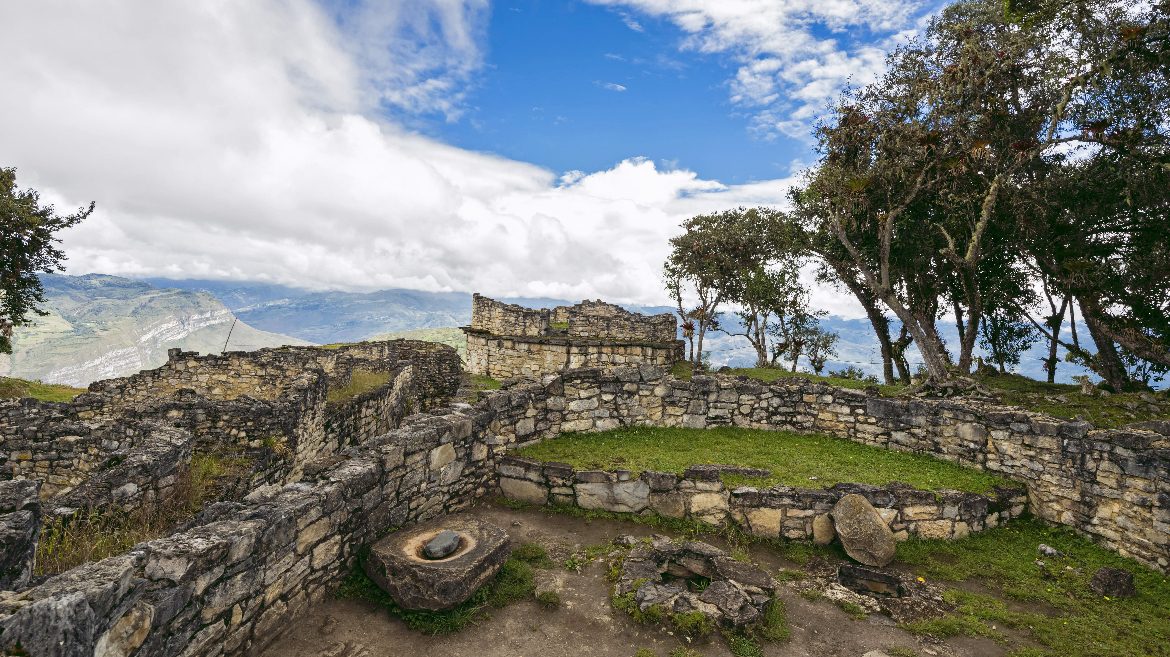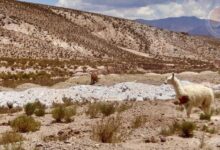Kuelap, Machu Picchu in northern Peru
About the ancient fortress built by the Chachapoya people and the region, which is called “Peru’s best kept secret”...
EThat fortress, located at an altitude of almost 3,000 m/10,00 ft, was built in the 10th century by the pre-Incan civilization of the Chachapoya people. This gem of northern Peru, located in the Amazonas region, can now be reached by cable car.
History of the Kuelap fortress in Peru
Until relatively recently, you might have found only a handful of tourists, a class of Peruvian schoolchildren and the odd llama wandering around the ruins of 420 cylindrical dwellings dating back to the 10th century.
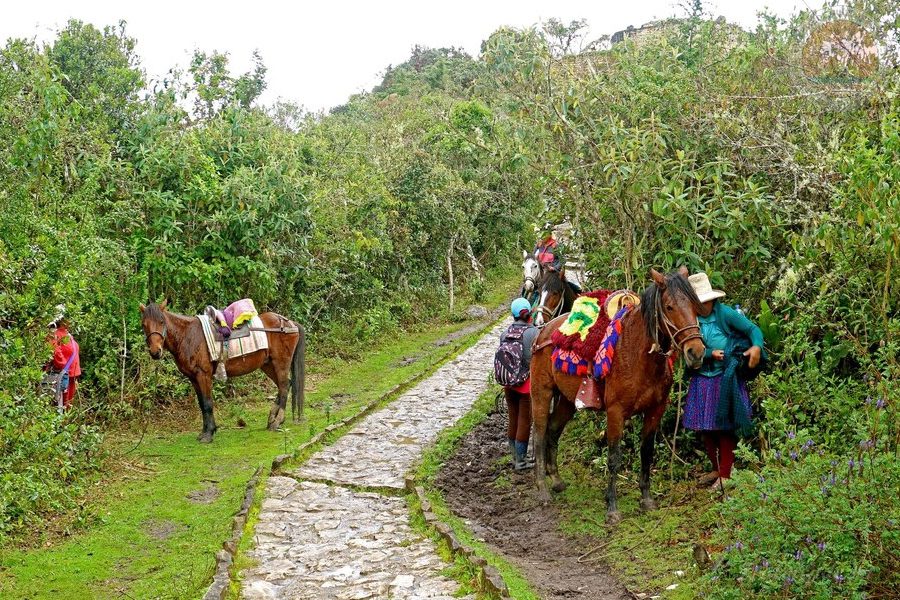
Set on nearly 15 acres of ruins, overgrown with wild orchids and shrouded in mist and clouds, the place quickly conjures up images of intrepid adventurers discovering lost treasures...
Some buildings are decorated with frescoes, various patterns of which symbolize the eyes of a puma or condor. The view from this 3,000-meter or 10,000-foot eagle's nest in the Andean Cordillera of the carpet of natural brown and green terraces is simply mesmerizing.
The Kuelap fortress was built by the Chachapoya people, a pre-Incan civilization conquered in the 15th century by the mighty Inca Empire, originating from Cusco, which is sometimes proudly called the “navel of the world.”
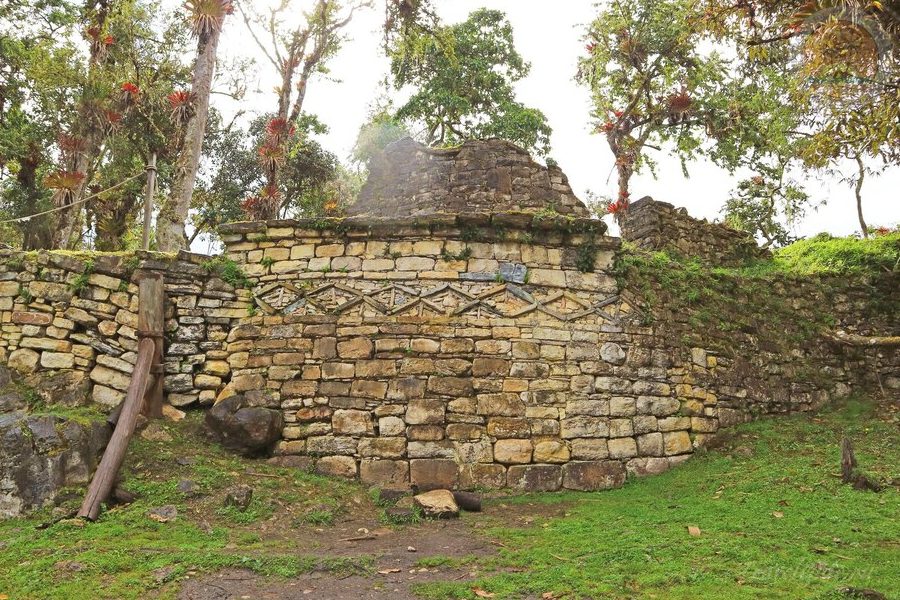
Chachapoya men were called “warriors of the clouds,” and ancient Spanish sources report that the beauty and gentle nature of their women were such that they were one of the favorite ethnic groups from which the ruling Incas chose their concubines.
The citadel, surrounded by 20-meter-high ramparts, housed both administrative offices and rooms for sacred rituals. Entry was through one of three gates, so narrow that only one person could pass through at a time.
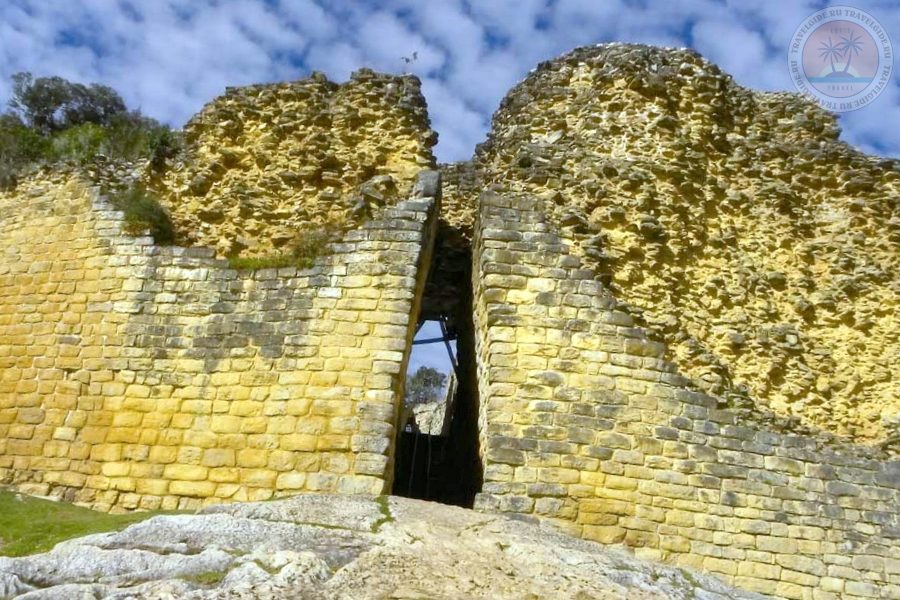
However, in the 16th century, shortly after the arrival of the Spanish conquistadors, its inhabitants were exterminated by neighboring tribes, who, according to recent historical research, blamed the Chachapoya people for the chaos and destruction of that period.
Starting in March 2017, a cable car takes visitors twenty minutes to "North Machu Picchu" from the village of Tingo Viejo. Since 2016, the number of visitors to Chachapoya's cultural heritage has increased dramatically, but has remained well below the million or so tourists who took the legendary Machu Picchu by storm, a victim of its own success and sadly overcrowded with visitors.
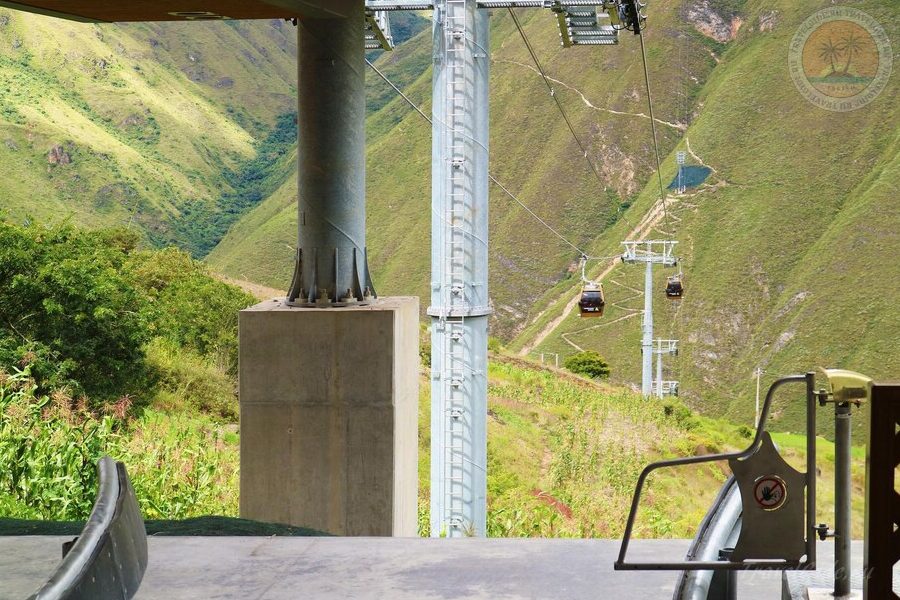
Mummies of Chachapoya
The former kingdom of Chachapoya is rich in treasures. A few valleys from Kuelap, a trail leads to the Revas necropolis from the village of San Bartolo. Funerary monuments of red and ocher color, reminiscent of small troglodyte houses, are carved into the rock.
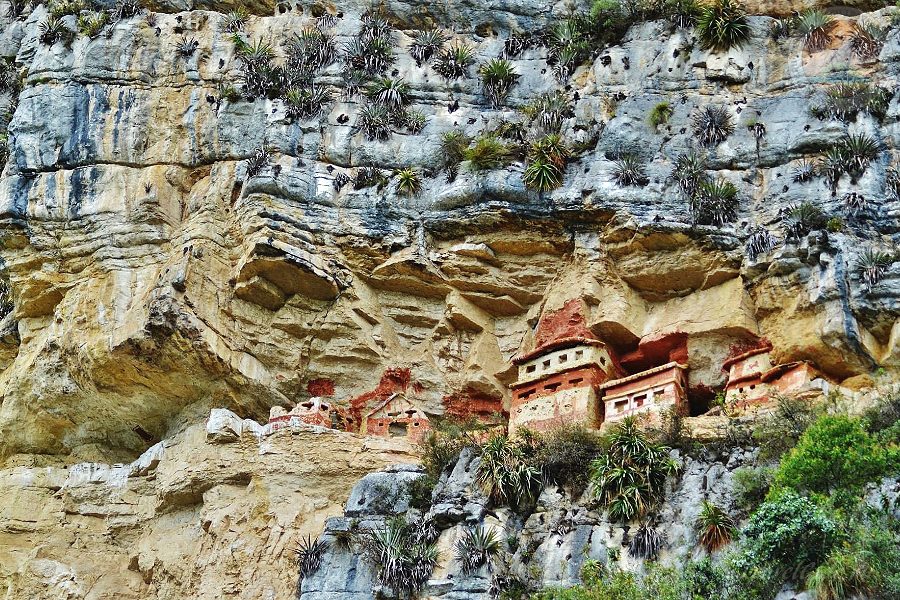
Mummies that escaped looting are on display at the Leymebamba Museum in the valley. Look for the clone of Rascar Capac in the museum, who is believed to have inspired the Peruvian Inca prince in Tintin and the Seven Crystal Balls...
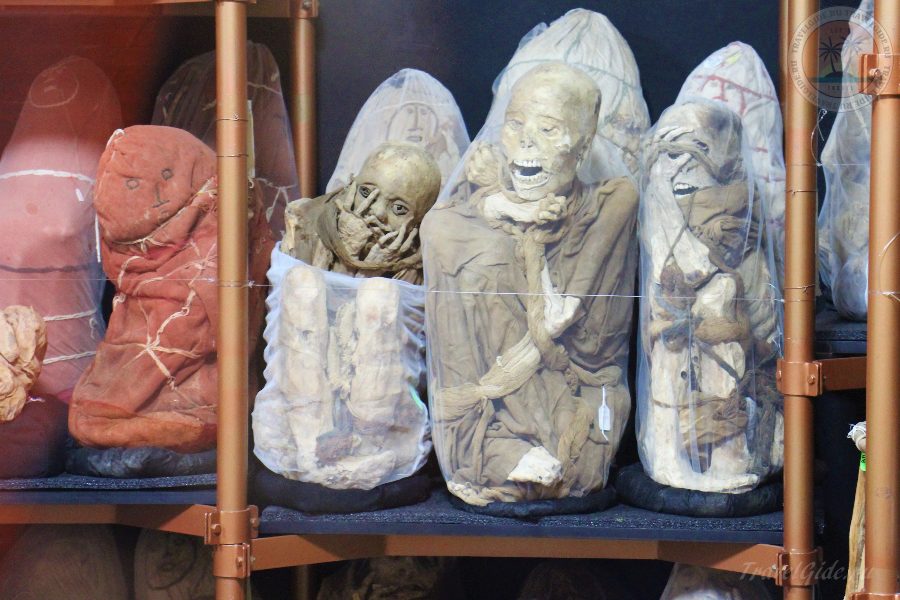
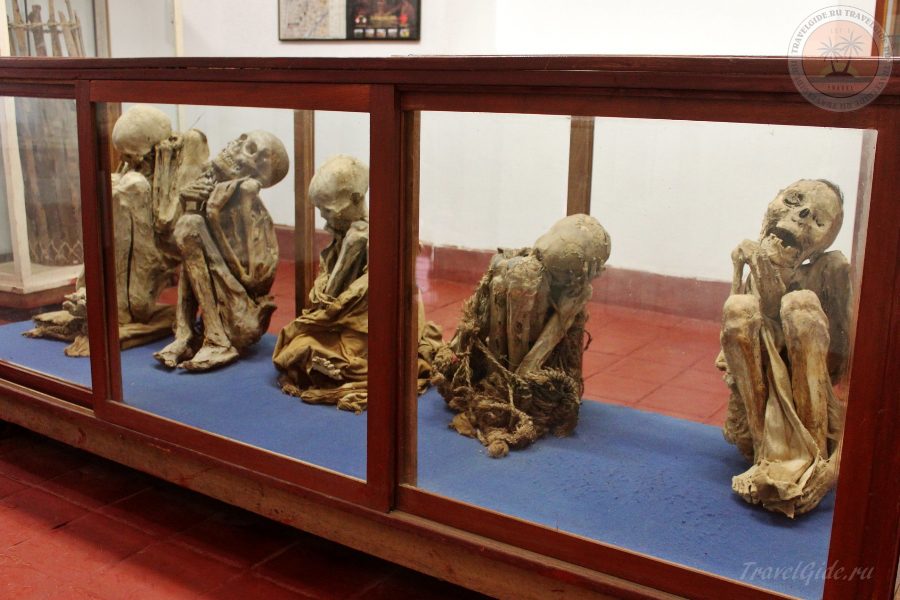
Cajamarca, another pearl of the north
Another star attraction of the Andean Cordillera in northern Peru is the city of Cajamarca, located 330 km south of the Kuelap fortress.
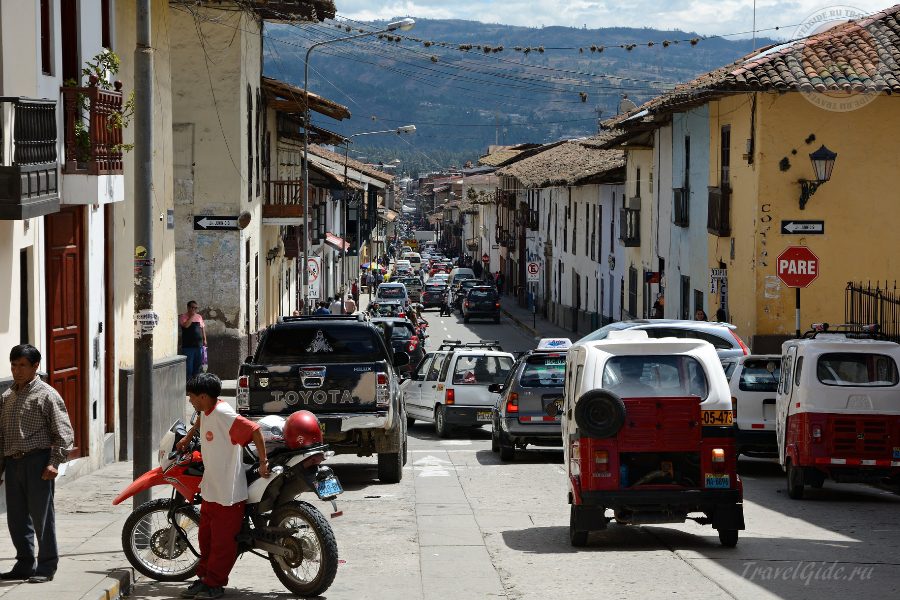
It was in this former colonial city that the last Inca emperor Atahualpa was assassinated by conquistador Francisco Pizarro in 1533. You can visit the "ransom chamber", filled once with gold and twice with silver in exchange for the last emperor's broken promise of freedom.
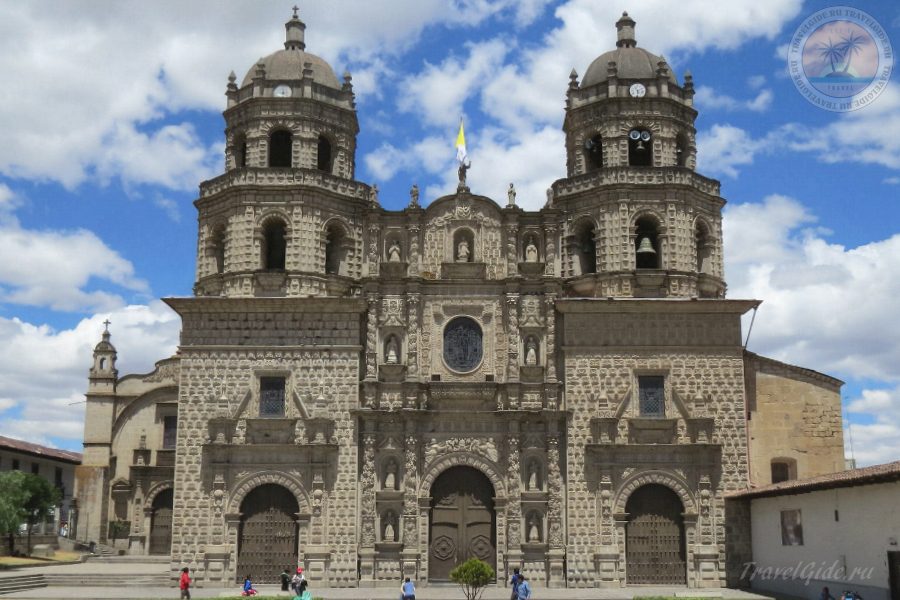
At Coombe Mayo, you can admire a 3,000-year-old technologically advanced drainage system at the foot of two giant stone towers, eroded by time.
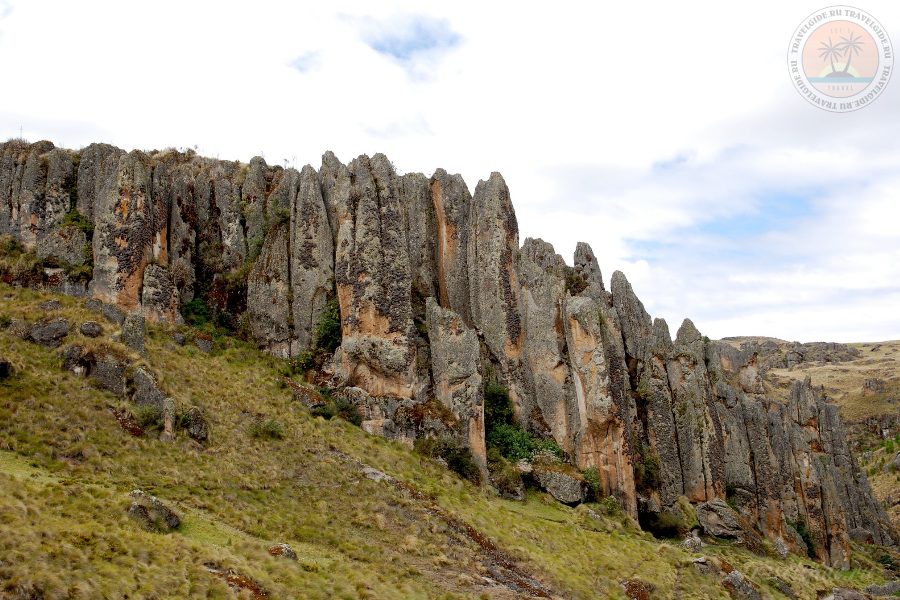
And it can be difficult to decide which is most admirable: the work of man or the work of nature?
